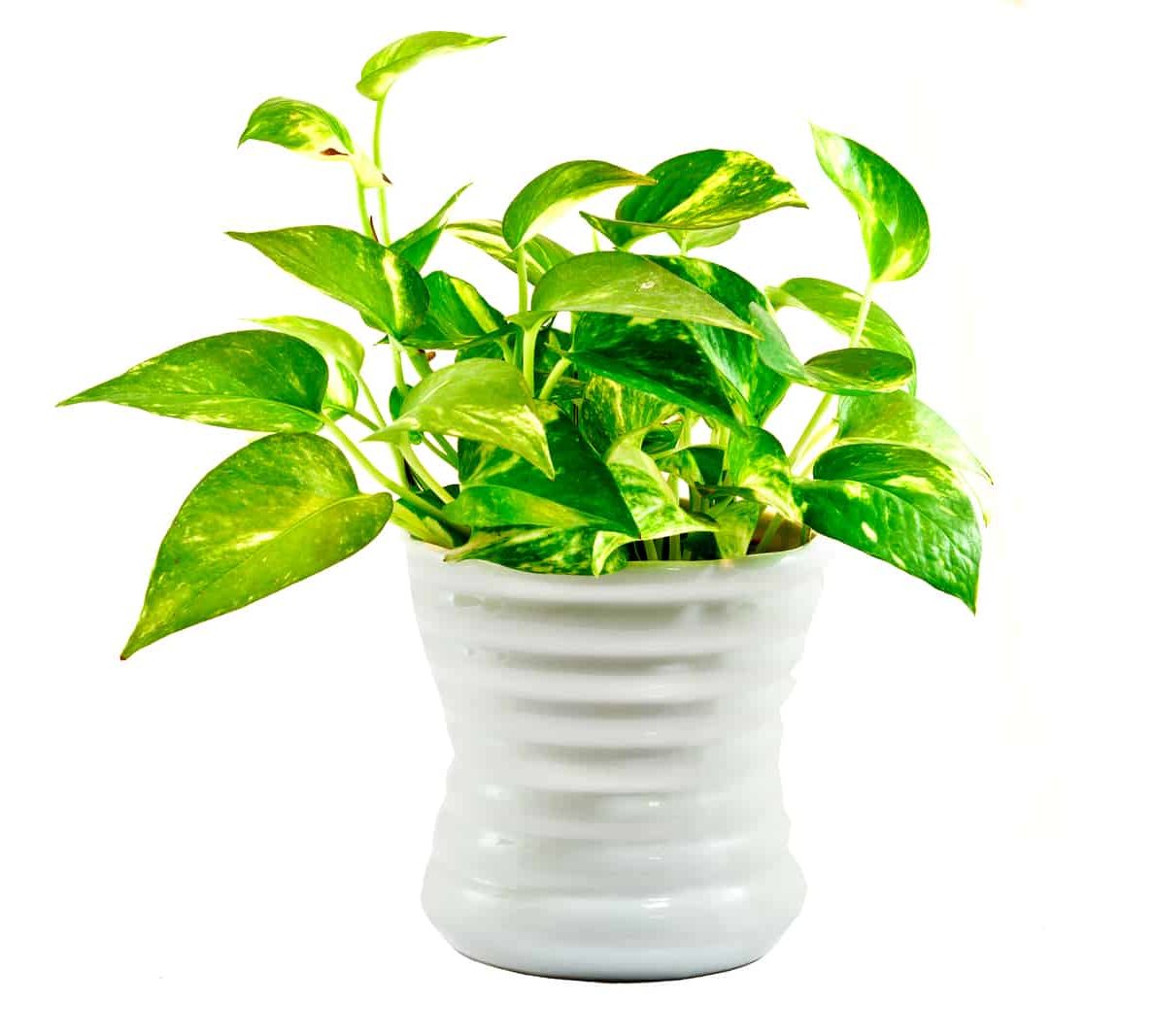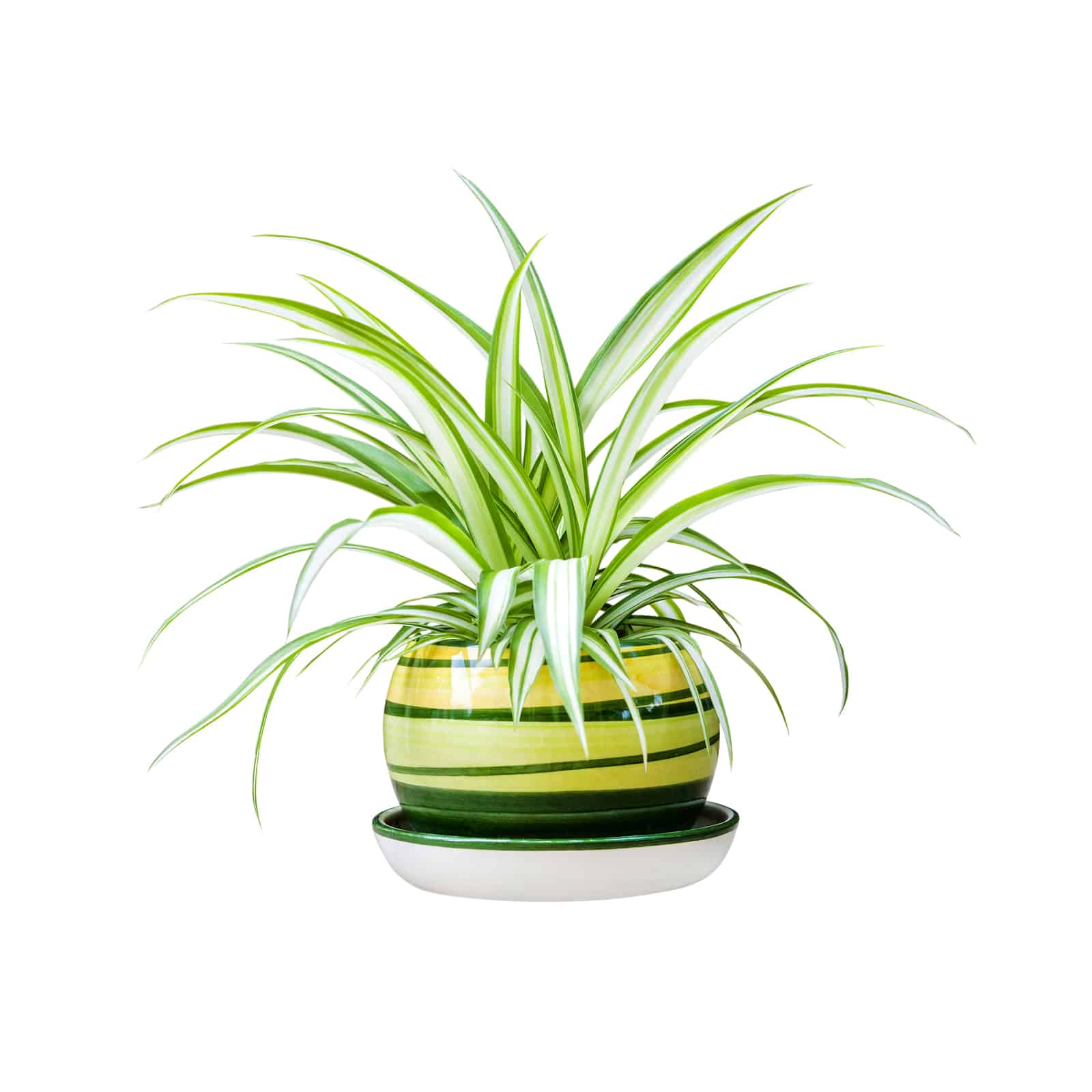
Houseplants decorate in an attractive way, providing freshness to the air in the home. While children love to explore items in their environment, sometimes they may get a little too curious when it comes to houseplants with their interestingly shaped leaves and colorful pots. Most of the time, children do not swallow enough to cause serious symptoms but if your child ingests a piece of a houseplant it is best to call the Missouri Poison Center Poison Helpline at 1-800-222-1222.
You may try to identify the plant online, but it is faster to immediately call our specially trained nurses and pharmacists for advice. Our experts might ask you to text a picture so we can help to identify the plant. Time is important as the sooner we have an identification, the quicker we can recommend the best care. Common plant names may refer to more than one type of plant and botanical names (also known as the scientific name) are very helpful when available. Even if the plant is not toxic, leaves or other plant parts can be a choking hazard for a young child.
Here are 10 of the most popular houseplants grown for their pretty leaves:

Philodendron (Philodendron) and Pothos or Devil’s Ivy (Epipremnum) plants are very similar. They both have heart-shaped green (or green and white) leaves that are attractive to children. The trailing habit of these plants makes them easy for little hands to grab a leaf. All parts of the plant contain raphides (needle shaped crystals) that are so small that they cannot be seen without a microscope. When chewed, these tiny crystals can poke the tongue, mouth, and throat to cause irritation, drooling, and redness that occurs almost right away. A child may have a hard time swallowing or even throw up after eating this plant. If sap from broken leaves touches the skin, it can cause a rash.

Dumb Cane (Dieffenbachia) plants have big shiny leaves that can leak a milky sap if torn or chewed. The sap contains the same sharp microscopic crystals as the philodendron plant. If the sap gets into the mouth or on the skin, swelling, burning, and redness can occur.

Mother-in-law tongue or Snake Plant (Sansevieria) has leaves that look like long pointy swords. If eaten, this plant can cause nausea, vomiting, and diarrhea. The sword-like leaves are very stiff and if pieces are put into the mouth they can cause choking.

Peace Lily (Spathiphyllum) plant is a common plant used in funerals as a sympathy flower. The plant has large shiny dark green leaves with a snow white flower. All plant parts contain the tiny microscopic crystals that can cause burning, redness, drooling, and difficulty swallowing if eaten.

Corn Plant and Lucky Bamboo (Dracaena) are plants that look like small trees with woody trunks. Lucky bamboo can live in a vase of water without soil; the trunks are usually tied together and may be trained into many different shapes. These plants are not toxic to humans but pieces that find their way into the mouth of a child may cause choking.

Spider Plant or Airplane Plant (Chlorophytum) is a very common houseplant, often grown in hanging baskets. It has arching green (or green and white), striped leaves. Stems carry baby plants at the end. This plant is not toxic to people, but as with all plants, it can be a choking hazard if eaten.

ZZ Plant or Eternity Plant (Zamioculcas) has shiny green leaflets and is able to grow in very low light. Eating plant parts can cause upset stomach, vomiting, and diarrhea. Wash hands after handling this plant to prevent skin or eye irritation.

Rubber Plant (Ficus) can grow into large tree-like plants. If leaves are broken a white milky sap containing latex leaks out. This sap is very irritating and can cause burning and redness to the skin, eyes, and mouth.

Aloe Vera or Burn Plant (Aloe) is a succulent plant with sword-like green leaves that are juicy inside. When a leaf is broken, a gel leaks out that can be put on burns to reduce pain and help healing. If the gel or plant leaves are eaten, it may cause the person to have a bowel movement or even loose stools.

Umbrella Plant (Schefflera) has many sets of 7-9 green leaves that are arranged in a way that looks like a small umbrella. All parts of the pants contain tiny sharp crystals that can only be seen under a microscope. Eating the pieces of the plant can cause burning, redness, and drooling if eaten, making it hard to swallow.
Follow these steps if your child got into a plant!
- Wipe out the mouth with a soft cloth and wash their hands.
- Give them a serving of something they like to drink to wash any residue down to the stomach.
- If it is one of the plants above with the tiny microscopic crystals: give milk, ice cream, or popsicles to wash away crystals from mouth and soothe the affected area. Cold beverages or frozen treats help the best.
NOTE! The potting soil or dirt that the plants grow in can cause choking if eaten in larger amounts. It is also important to know if pesticides or fertilizers may have been added to the potting soil. Check out our post about fertilizers here: FERTILIZER
If you have questions about houseplants, call the Poison Help line at 1-800-222-1222. Specially trained nurses and pharmacists are available to speak with you 24/7/365. The service is free and confidential.
